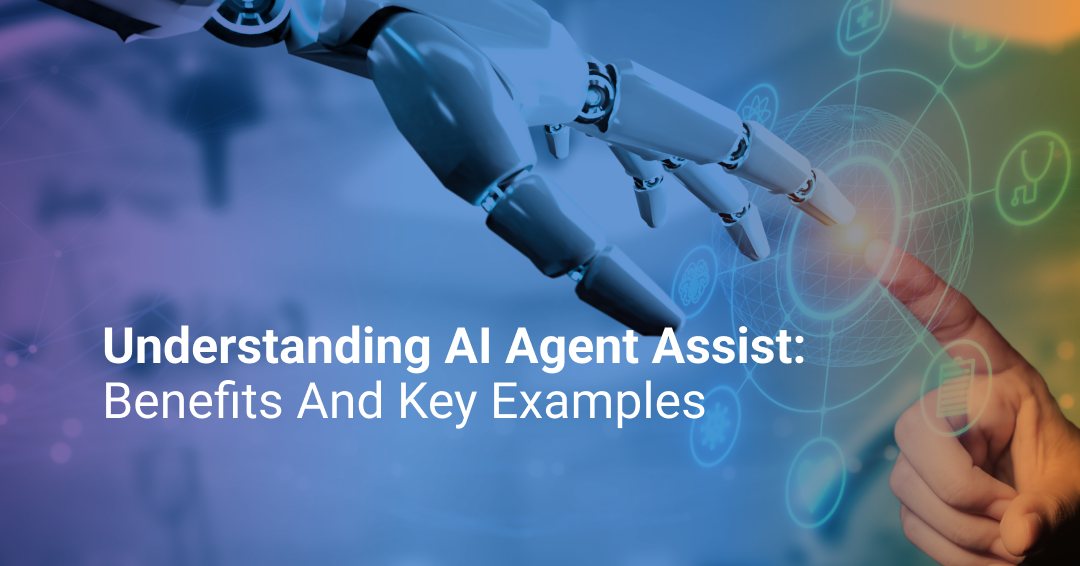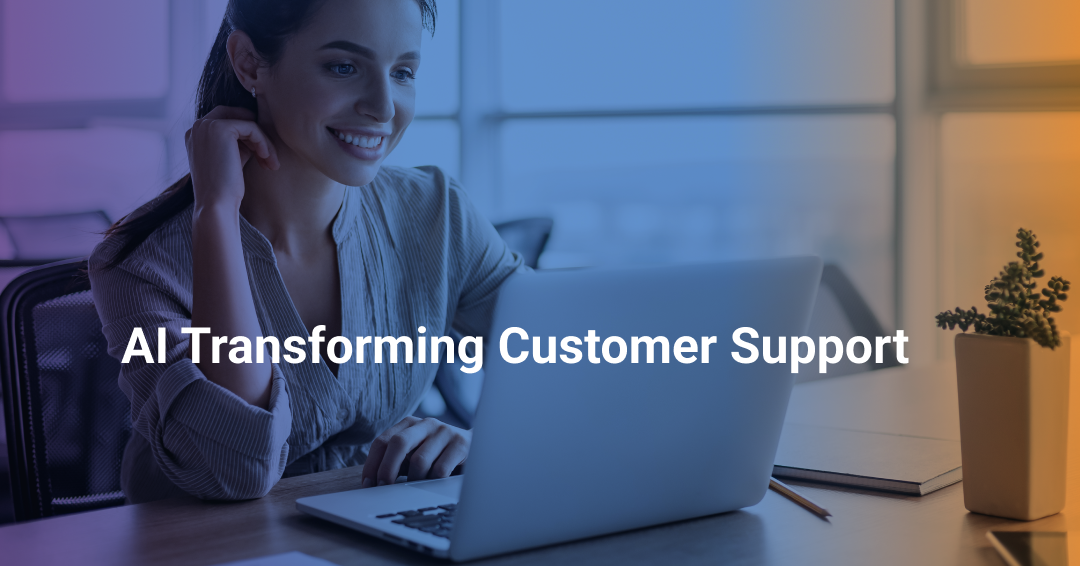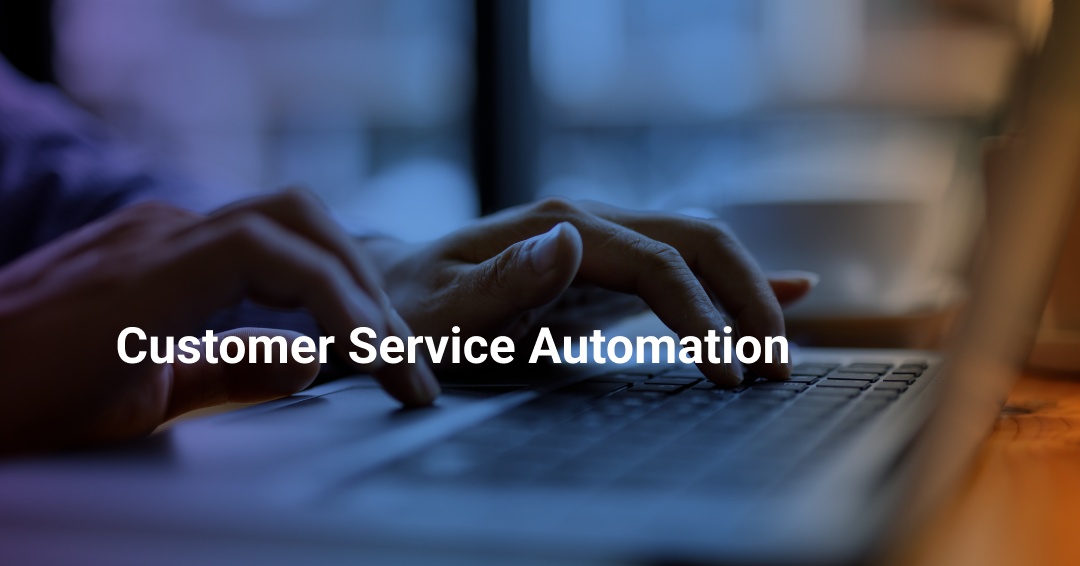What's AI Agent Assist? Benefits and Examples
Modern businesses, especially large-scale enterprises, face the key challenge of overburdening their customer support teams while looking to scale...

AI is the future of organizational change management, revolutionizing the way businesses prepare and manage changes. This technology has the potential to automate processes, streamline communication channels, update frequently asked questions (FAQs), and inform staffing needs. It can also proactively communicate changes to customers and help reduce silos, improving information sharing across departments. In this article, we will discuss how AI can help businesses manage organizational change.
Organizational change is the process of transforming an organization from its current state to a desired future state. The change can take place in the structure, culture, processes, staffing needs, or strategy of an organization. The need for organizational change can be triggered by various factors such as the need to improve performance or the introduction of technological advancements.
Organizational change management is a process that helps organizations overcome common challenges by helping leaders plan, communicate, and implement changes effectively across the organization.
AI can help organizations manage this process in several ways. Research indicates that AI significantly affects the bottom line for 10 percent of businesses. However, many companies have yet to reap the benefits of AI. Companies that have put changes in place that help facilitate AI learning across their organizations are the ones reaping the financial benefits of this technology.
New technology encourages organizational change, and one of the ways AI can help organizations manage organizational change is by identifying areas for improvement. AI-based analytics tools can analyze large amounts of data to help leaders identify areas of the business that have room for improvement. AI tools can identify underperformance in various areas such as customer satisfaction, cybersecurity, sales forecasting, and price optimization. By calling attention to underperforming areas, AI tools can help leadership establish priorities.
Another way AI can help manage organizational change is by streamlining and automating processes. AI can make processes more efficient and cost-effective. Research studies indicate that as much as 45% of work activities could be automated using AI. AI-powered intelligent virtual agents (IVAs) can handle customer service inquiries, freeing up employees to focus on more complex tasks.
IVAs can help organizations improve communication and collaboration across different departments and teams. IVAs deliver employee support channels, inform staffing needs, and help reduce silos with intuitive, automated information sharing across departments. IVAs can also help teams schedule meetings and collaborate on projects.
AI can also assist organizations with decision-making by providing data-driven insights and predictions. AI-based forecasting tools can help organizations predict demand for their products and services, which can inform manufacturing and development.
AI-based learning management systems can provide employees with relevant training and development opportunities. These abilities help employees improve their skills and adapt to changes in the workplace. AI tools can support organizations with their change management strategy by providing data-driven insights, automating processes, and improving communication.
IVAs can give businesses the ability to communicate changes to customers proactively and efficiently. IVAs use natural language processing (NLP) and machine learning (ML) techniques to understand and respond to customer inquiries in a way that mimics human interaction. IVAs can send notifications to customers about upcoming changes to products or services, which is especially useful for businesses that operate in highly regulated industries, such as healthcare or finance. For example, 43% of pharmaceutical companies report having used AI successfully to automate processes.
It may seem counterintuitive that many customers prefer speaking to IVAs over live agents when making certain types of requests. But it’s true. This speaks to how advancements in conversational AI have made it easy for customers to get the help they need.
Conversational AI is a great way to automate processes involved with creating and updating FAQs. By analyzing customer queries and feedback, AI can identify common questions and create responses that are tailored to meet customer needs. IVAs can then create and update FAQs, delivering quick and easy access to the information customers need. This can be especially useful for businesses that receive a high volume of customer inquiries.
AI can also play a significant role in providing real-time feedback and coaching to employees. For instance, AI-powered chatbots can provide employees with instant feedback on their work, identifying areas for improvement and providing tailored coaching tips.
AI can also be used to monitor employee performance and provide personalized training opportunities to help improve their skills. By providing real-time feedback and coaching, AI can help employees feel more supported and engaged in their work. This, in turn, can lead to higher levels of job satisfaction and productivity.
Another significant benefit of AI in managing organizational change is its ability to use predictive analytics to anticipate future changes.
AI-based predictive analytics tools can analyze large amounts of data to identify trends and patterns, making it easier for leaders to predict future changes and develop proactive strategies to manage them.
By using predictive analytics, organizations can reduce the time and resources needed to prepare for changes, as they are better equipped to anticipate them before they happen.
Implementing AI for organizational change management can be a complex process, but 87% of IT professionals surveyed believe AI will impact the profitability of enterprises in our current decade. It is worth the investment for businesses that want to stay competitive in today's fast-paced world.
Here are some steps that organizations can take to successfully implement AI for organizational change management:
While each organization is unique, certain patterns are helpful when using AI for change management. In the following sections, we will discuss some of the most common best practices for your organization to consider.
A common mistake organizations make is starting to use AI freely without a solid strategy behind it. However, AI is an excellent tool for change management when it supports clear activities that make sense for the organization as a whole. Without clarity and a strategic vision of what management hopes to achieve, organizational change using AI may not have the desired impact.
The AI space is evolving rapidly. New solutions, products, and services using AI in some form or another can be adapted to support organizations with change management. However, not all companies using AI understand what it takes to serve an enterprise and the nuances and complexities of dealing with privacy, compliance, and cybersecurity.
Choosing the right tool is vital, not only because of its functionality but also because it directly affects your brand's perception and performance.
Another great practice when using AI for change management is being upfront about the difficulty of changing how people work. Change is tough, both at an individual and organizational level. Being honest about the difficulty of the process, training teams to ensure they understand how to use AI tools, and finding key performers who can help others are great ways to accelerate change and reduce resistance.
Any organizational change should be considered as a cyclical process. Given the complexity of change, rather than hoping everything works as expected on the first try, thinking of the process in stages is vital. Starting with more minor improvements and creating iterative processes to improve particular aspects works better than hoping for a radical change overnight.
AI has the potential to revolutionize the way organizations manage organizational change. By automating processes, delivering employee support channels, creating and updating FAQs, and informing staffing needs, AI can help organizations become more efficient and effective.
While implementing AI for organizational change management can be a complex process, the benefits are worth the investment for businesses that want to stay competitive in today's fast-paced world. In addition to providing industry-specific use cases, Mosaicx offers our clients a dedicated success coach to serve as your long-term expert in conversational AI.
Our comprehensive suite of AI-powered tools and services such as our AI-powered IVA help businesses streamline their operations and improve their bottom line. For example, Mosaicx's AI-powered IVA can provide employees with 24/7 support, answer frequently asked questions, and even help with HR tasks like submitting time off requests or updating personal information.
Mosaicx's workforce analytics platform also helps businesses track staffing needs and optimize their workforce management strategies. By using data and AI to make more informed decisions about hiring, training, and employee development, businesses can improve productivity and reduce turnover.
Ultimately, Mosaicx's AI-powered solutions are designed to help businesses not only survive but thrive in an increasingly competitive and fast-paced digital landscape. By leveraging the power of AI to drive innovation and transformation, businesses can stay ahead of the curve and position themselves for long-term success.
By identifying the areas where AI can provide the most significant benefits, investing in the right technology, training employees, establishing clear goals and metrics, and continuously monitoring and adjusting their initiatives, organizations can successfully implement AI for organizational change management and reap the benefits it provides.

Modern businesses, especially large-scale enterprises, face the key challenge of overburdening their customer support teams while looking to scale...

Customer expectations are changing drastically. What once gave an edge is now simply expected. Hence, it should not be surprising to see businesses...

With customer service expectations at an all-time high, businesses are turning to automation to deliver great support, save costs, and streamline...